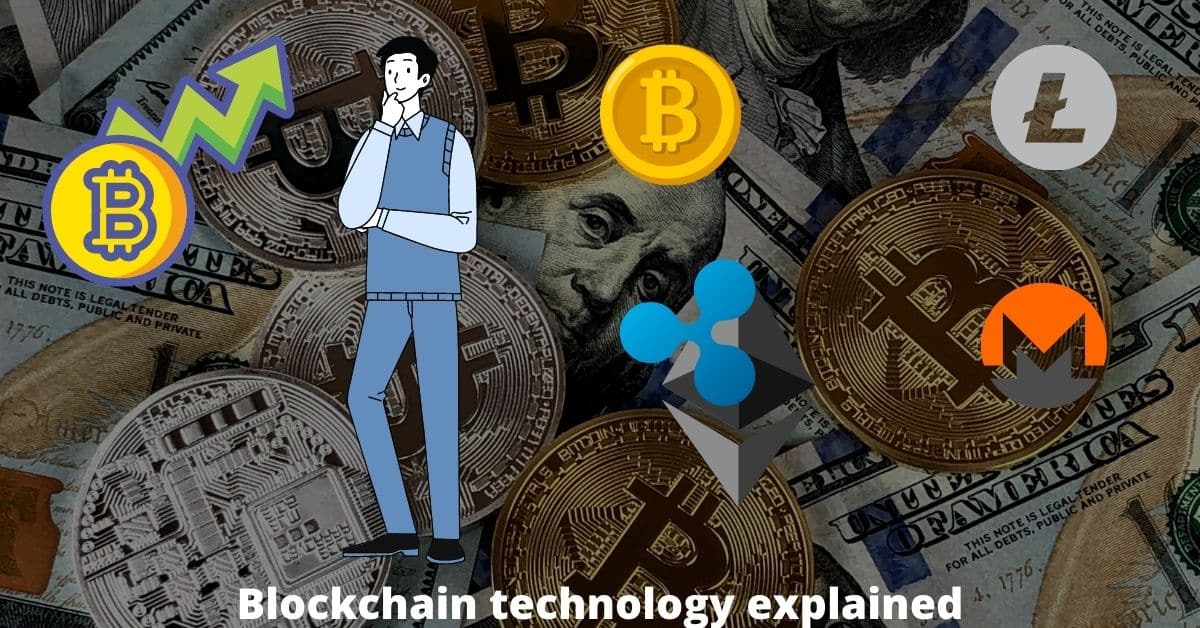Blockchain technology evolves rapidly in modern days. It not only anonymizes the path but also makes it almost impossible to hack or break the system. Digital currencies like bitcoin and Ethereum are also the gift of the blockchain. The future of this is imaginable. Let’s see how?
blockchain technology definition
Blockchain is basically imaginary blocks of information arranged in a sequential manner such that the current one contains some data, a hash and the hash of the previous one. Once a new valid block enters, it is nearly impossible to change it. Let’s understand each of these one by one.
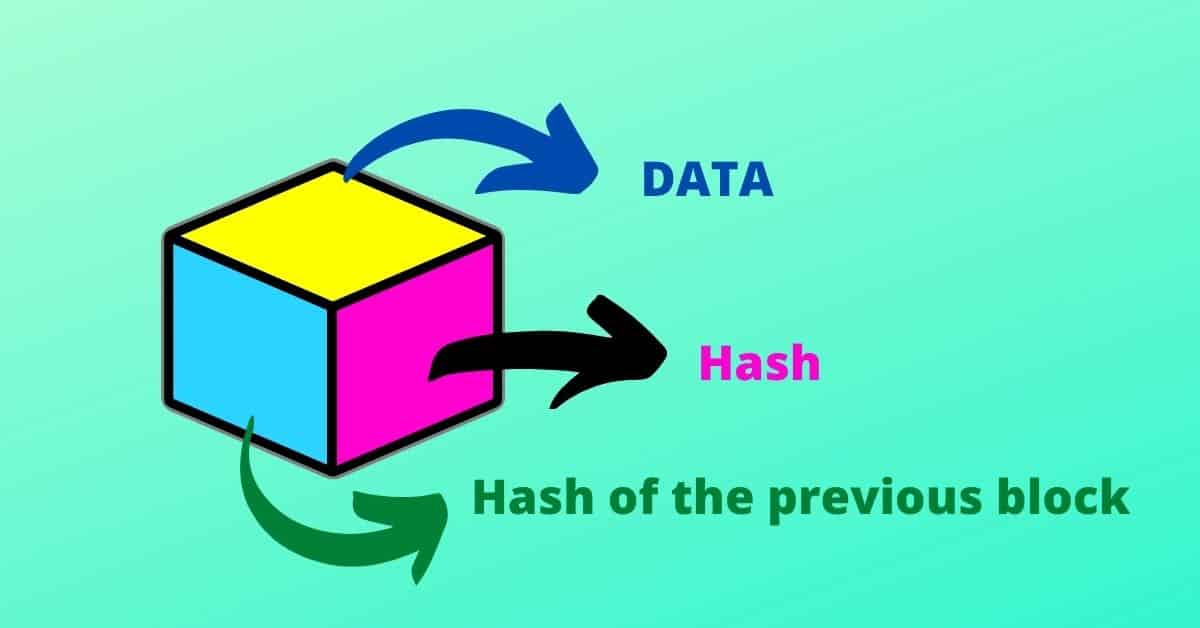
Data
The data part carries the data depending on what kind of blockchain it is. For example, if it is a bitcoin or Ethereum it contains the data of the sender, the receiver and the amount of money.
Hash
Hash is the digital fingerprint of a block. It is a set of instructions to identify an unique one. Each of these has an unique hash.
Previous Block Hash
Each one also carries the hash of the previous one. So when you add a new valid block it also contains the previous block hash.
how blockchain technology works
The uniqueness of each one makes the it so secure. Let’s take four imaginary blocks and understand how it works.
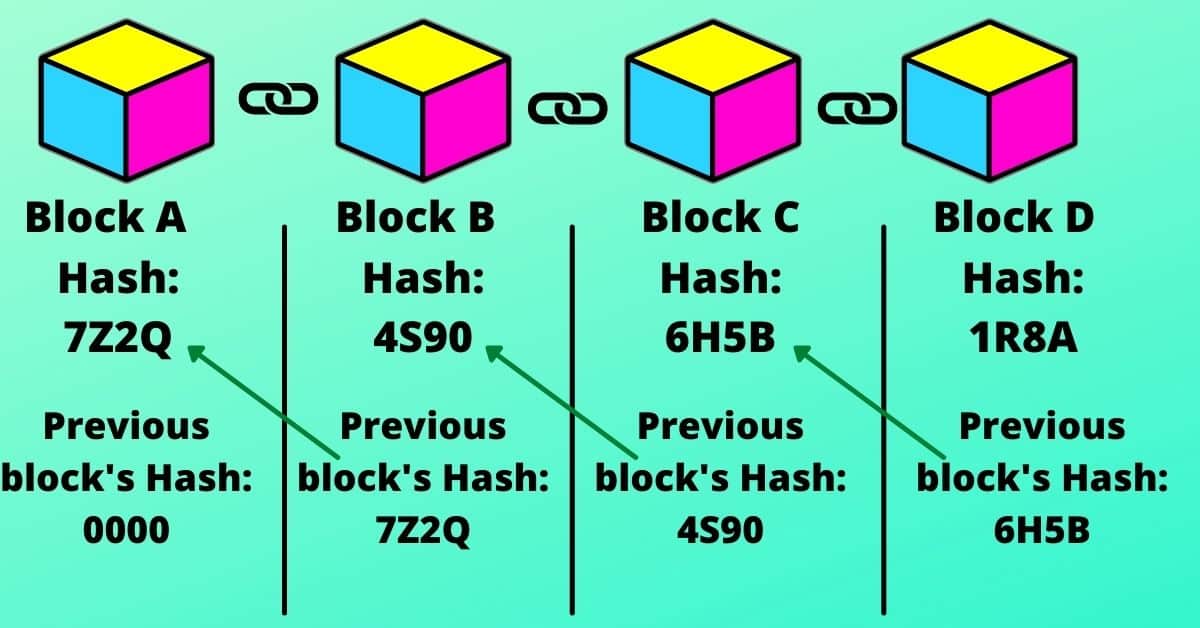
“A”‘s hash is ‘7Z2Q’ and the previous block’s hash is ‘0000’. The previous hash indicates it has no one behind it. As it is the first one it is also called the genesis block.
Now “B”, which is connected to “A”, has a hash ‘4S90’ and also contains the previous block hash ‘7Z2Q’.
“C”, connected to “B”, has the hash ‘6H5B’ and the previous block ‘4S90’.
And “D”, connected to “C” has the hash ‘1R8A’ and the previous block ‘6H5B’.
This chain will go on for each valid entry of blocks.
Why is it so secure?
Each block has the hash of the previous one. Now, let’s say, you want to change the “C”. It changes the hash of the “C”. As soon as the “C”‘s hash is changed, the hash of the block after it ( i.e. “D”) will no longer carry the C’s hash as it already carries the untampered C’s hash. This will invalid the whole chain.
But you can calculate all the hashes with high-end computers. To get rid of this problem, the it has something called proof of work.
Proof of work vs proof of stake
The main idea behind its success is the distribution of all sets of copies of the chain. Blockchain technology is based on peer to peer (P2P) concept (like torrent) which allows everyone to join the network. When a new device joins the network the full copy of it, is sent to that device. Now, this device can check and be able to add a new block.
If someone adds a new one to the network, every device connected to that network verifies the hash of the it. If every device verifies that the newcomer contains the hash of the immediately previous one then the newcomer is added to every device copy available on the network. This creation of a new block completely depends on the consent of each individual device. This content of every device is called ‘Consensus‘.
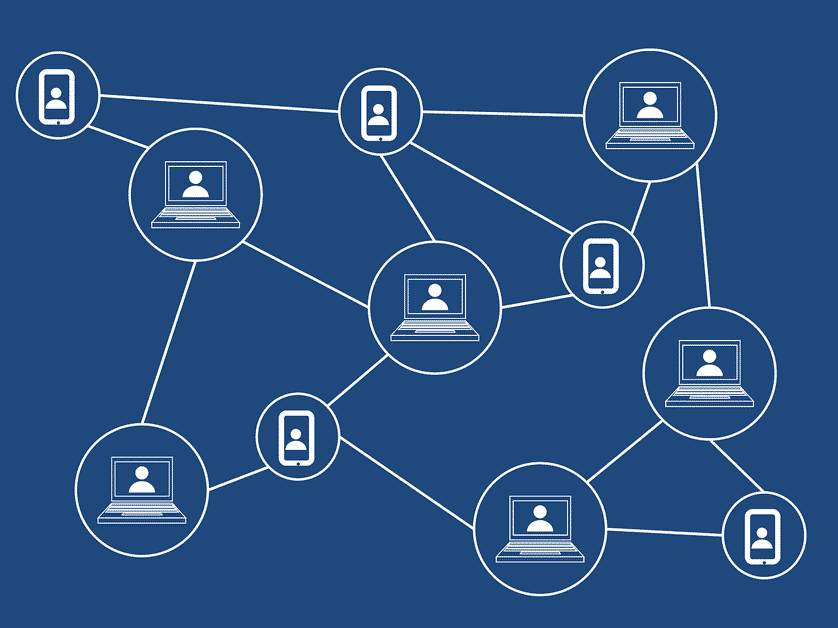
If there is any false hash found by any of these devices then the newcomer is simply rejected.
Next, we need to learn about the miners. Every device connected to a network is called a ‘node’. Miners are also a part of nodes. Miners are those who build their own setups, give their computational power to solve complex equations, validate the new creation of blocks and get some reward for these validations (for example, bitcoin miners get some bitcoins in reward for processing and validating the bitcoin transaction).
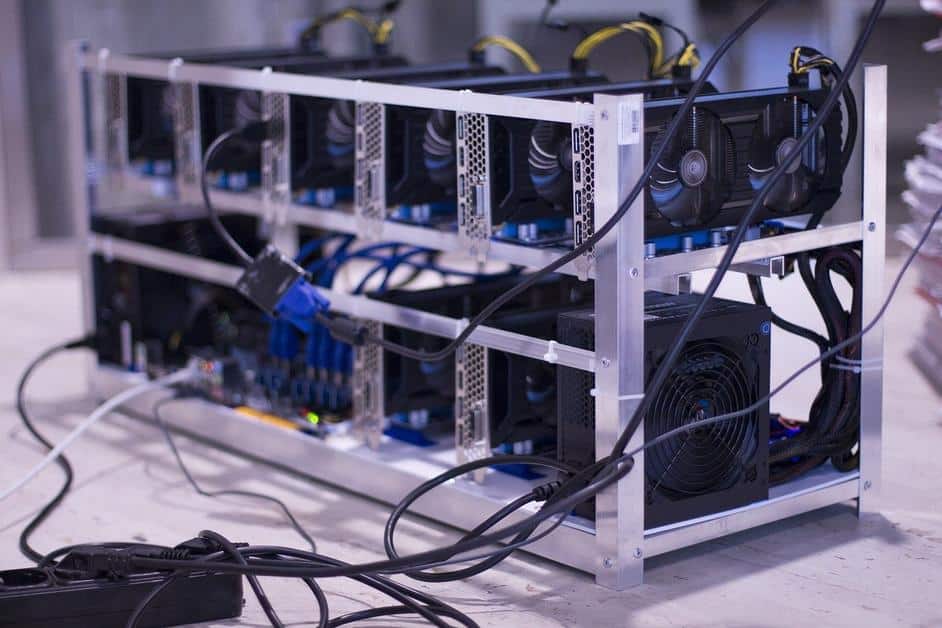
So we have the idea of miners, right? Now, let’s understand the idea of proof of work (POW). Proof of work basically slows down the process of the creation of new information ( for bitcoin it is 10 minutes). It is a kind of shield that protects the crypto-currencies to hack. When you try to tamper an existing one, you need to change the hash of it and as soon as you change the hash, the following ones will be invalid until you recalculate all the following blocks. Then all these need to be accepted by all the devices on the network (‘Consensus’). The time gap ensures that it is impossible to recalculate all the following ones.
The proof of stake (POS) is the mining power that is given to a miner based on the percentage of crypto-currencies they hold.
applications of blockchain technology
- Cryptocurrency: One of the best uses of this digital cryptography is cryptocurrency. Bitcoin, Ethereum, lite coin, dogecoin, Monero etc. are some examples of crypto-currencies.

They are decentralized meaning no one can control all transactions.
- 100% uptime: let’s say, you have a website, and the uptime is good but not 100%. This is because there are several physical factors that ensure the 100% availability of your website. These factors are not really impossible to change. So if you switch to a blockchain-based clone webpage of your website then your site’s uptime will be 100% even if your main website is down. This happens because all the computers connected to the network are not shut down simultaneously.
- Academic data repository: We can store all academic information like identification, mark sheets, question papers etc. Once uploaded, they can’t be changed. So your information is safe from tampering.
- Medical data sharing: Today critical operations are often done in an over-sea mode. Doctors from another country lead a critical operation. In such situations, it is very obvious that the connection must be secured and uninterrupted. It is suitable in this case. Also we can use this to store medical data like patient information, medical research papers etc.
- Voting system: Though it sounds like a futuristic concept, it has the potential to revolutionize the existing voting system. Already Sierra Leone conducted their elections through blockchain. Voters can use their public address to vote for a candidate, the main objective behind this idea is anonymity and clarity. No one can publicly see the voter’s identity. However, it is a debatable topic for the reason of its implementation on a large scale.
- Logistics management: Logistics data management is another use of it.
advantages of blockchain technology
- It is a decentralized and distributed system, meaning it is not dependent on a single centralized device rather it is distributed among several devices. So the possibility of manipulation of blockchain-based systems is nearly impossible.
- It also maintains your privacy. Though all copies are distributed among the devices across the network, not everyone can see the information inside it. Every device has a public address and a private key. The public address is a random combination of numbers and letters. The public address can be given to anyone on the network. But the private key is the password to see the contents on that particular public address. For reference, you can consider your email address to the public address and your email account password to the private key.
- Unlike your physical bank transaction or any data sharing, transaction or sharing data through it will never come out unless you tell it publicly.
- Communication is a peer to peer (P2P) type. You can Directly send or receive data from anyone on the network without the approval of any third party.
- To build a similar type of fast network having enhanced security features like this one costs you much higher.
Government stance
Governments around the globe are very much concerned about it. Blockchain technology jobs are also a new scope for the IT sector. It is a progressing technology but it has its own risks too.
The decentralized system of crypto-currencies can easily shake a big economy. As they are limited the demand is constantly increasing. More and more people started investing their money into bitcoins, Ethereum etc. The invested money is no longer in the hands of the government. This can cause serious issues like uncontrolled inflation. So to counter existing crypto-currencies many countries have already started developing their blockchain-based cryptocurrency. China’s People’s Bank of China is developing its own cryptocurrency called ‘Digital Yuan’. India has also joined this race. But there are some countries who completely ban it. If you want to read more please click “Legality of bitcoin by country or territory”.
Criticism
- Yes, the it is technically impossible to hack. But there is a loophole. The validation of a newcomer completely depends on the ‘Consensus’ of computers on the network. At Least 51% of computers have to agree to validate the new one. If somehow anyone hijacks the 51% or more computers on a network then he can validate any chain which will temper the whole system.
- The main criticism of it, especially cryptocurrencies, is anonymity. It is used in the ‘dark web’ for trading illegal things. It is also used for frauds which is an uprising threat for security agencies.
- The decentralization system has its negative consequences too. Central banks of almost every country protect and guarantee that the physical notes, you are using are legal tenders, but in the case of cryptocurrencies, somehow if you lose your money, you will be unable to claim your money back.

- We are entering in the quantum computers era. They can calculate millions of, billions of calculations in a second. When you store data through this digital-chain, it is impossible for you to tamper the data as you need to recalculate all the following calculations. But supercomputers can do it in minutes. Though there is proof of work as a safeguard, on the internet, there is nothing safe.
In the end, we can say that above all controversies, undoubtedly it is one of the greatest achievements in network technology. It is in our hands how we use it.
That’s it for this post. If you have any query please feel free to comment below. Thank you.
Is bitcoin illegal in India?
No, India does not ban cryptocurrencies till now. But as of now, there is no regulatory authority for managing cryptocurrencies.
what is bitcoin mining?
For every successful Bitcoin transaction, someone need to to validate the transaction. Miners exactly do the same work by solving complex equation with powerful computers. They get a little amount of Bitcoin in reward.
How can I buy my own cryptocurrency?
There are several applications like CoinDCx, CoinSwitch Kuber, ZebPay etc. You can buy and sell digital currencies by paying their service charges.

